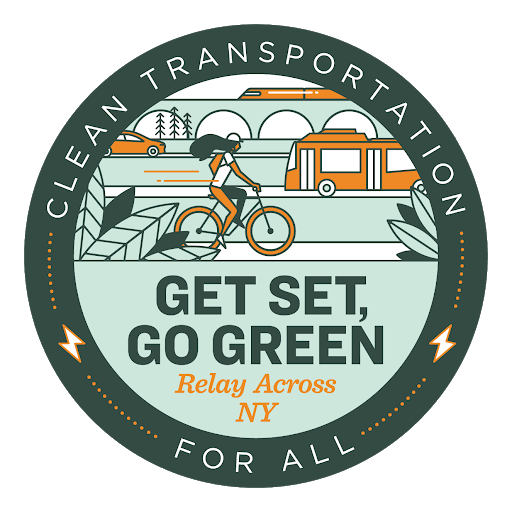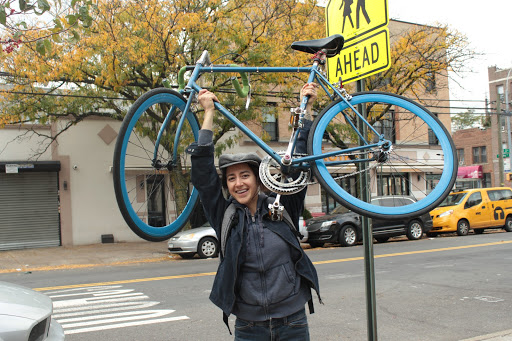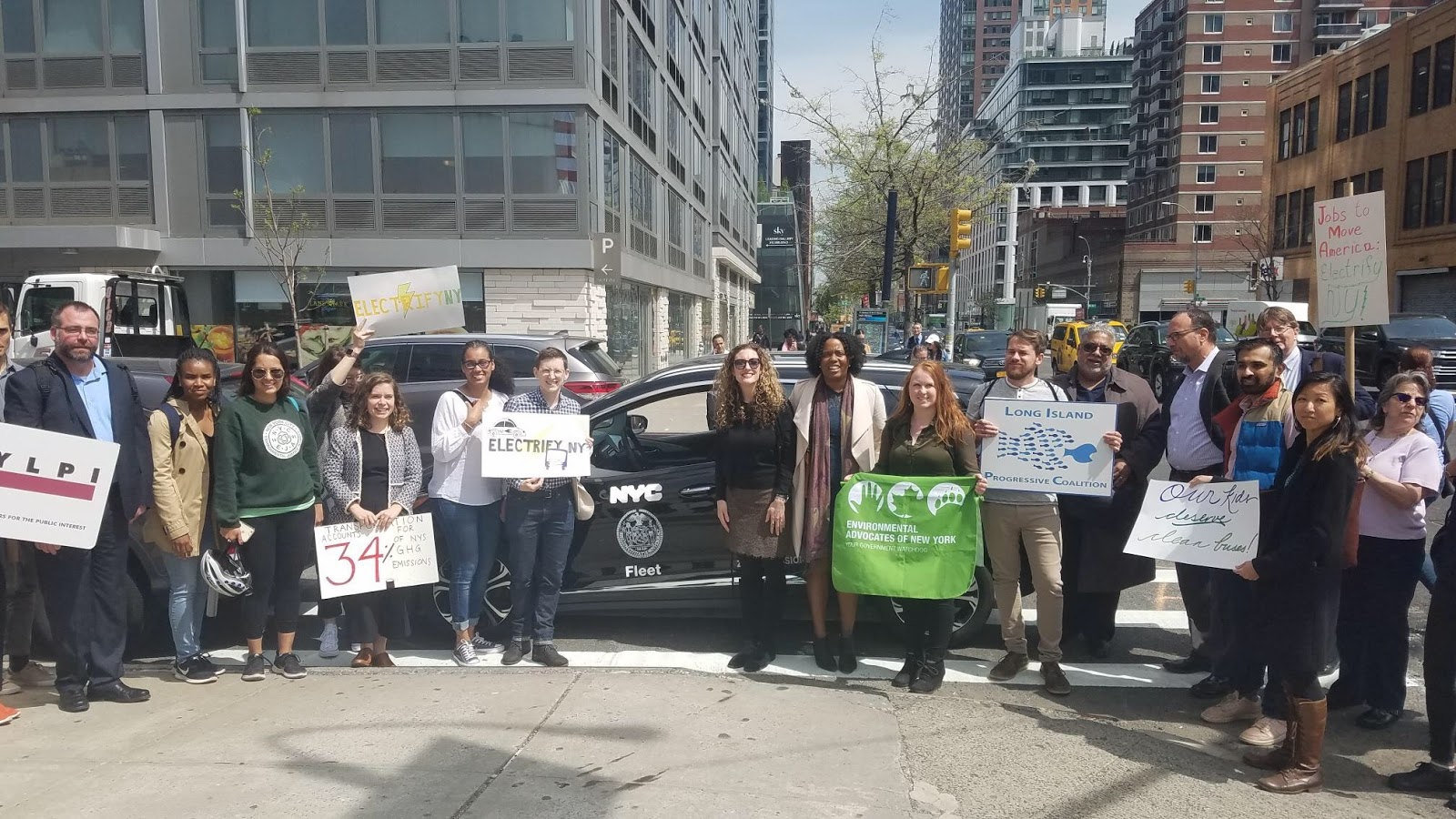
Tell Governor Cuomo it’s time for bold action to reduce transportation emissions: sc.org/55x35
This year has been a big one for New York. Over the summer, New York passed the boldest legislation in the country on climate, a bill known as the Climate Leadership and Community Protection Act (CLCPA). The word that reverberated across news headlines was “historic” -- and it truly is. We are proud to live in a state that is taking bold action to address our climate crisis and the air pollution plaguing communities, especially at a time when it is so necessary for local and state leaders to step forward and commit to climate action.
But there’s something that Governor Cuomo can’t afford to overlook if we are to have any chance at being on the right path to reach net-zero emissions by 2050, as the CLCPA lays out. It’s the way that New Yorkers get around -- our transportation system.
We must change the status quo of how we get from A to B. Nationally and in New York, transportation is the single-largest source of greenhouse gas emissions, contributing 36% of carbon emissions. New York has the census tracts with the highest exposure to vehicular fine particulate matter -- which contributes to a wide array of health impacts -- in the entire Northeast and Mid-Atlantic region. Air pollution from our cars, trucks, and buses is disproportionately impacting communities of color.
Rural communities are often left out of the clean transportation conversation, feeling like they have no option but to rely on gas-guzzling cars. But recent polling shows that rural communities across Northeast and Mid-Atlantic states value investments in clean transportation.
“We learned that rural voters want better ways to get to their jobs, go to school, and do their shopping. They want to see their elderly and disabled neighbors have more accessibility so they can live more independently. They want roads to be safe for everyone who uses them, including people who are walking and using bicycles. And of course, they want cleaner air.”
- Sarah Jackson, climate and energy policy manager for The Nature Conservancy in the Northeast US
And yet, of the over 11 million cars and light-duty trucks registered in New York State, fewer than 50,000 are electric vehicles.
That’s why, this December, activists from Buffalo, Long Island, New York City, Rochester, the Lower Hudson, and Plattsburgh are participating in a multiday “Get Set, Go Green!” relay, using multiple modes of low-carbon transportation to deliver a petition to Governor Cuomo’s Albany office on December 12.
The petition calls on Governor Cuomo to commit to a 55% reduction in greenhouse gas emissions from on-road transportation by 2035 during his 2020 State of the State address. A Sierra Club report released in September shows that committing to a 55% by 2035 target to reduce transportation emissions is achievable, ambitious, and necessary if we are going to be on track for a decarbonized New York in 2050. Securing an interim emissions-reduction target is a critical step in ensuring that we are taking action at the scope and scale necessary to electrify our transportation and expand and improve public and active transportation.

“More efficient and reliable metro-transit options can have a direct and positive impact for New Yorkers like me who need to travel but want to reduce their carbon footprint,” said Roxi Sharif, a student and Sierra Club volunteer based in New York City.
People across New York State are ready for change. New coalitions like Electrify NY have formed this year, bringing together environmental justice, transit, public health, and good-jobs advocates to advocate for a clean, equitable and electric transportation future for the state of New York. Electrify NY recently released a toolkit that laid out how municipalities across the state can electrify their public fleets and stop running on dirty diesel.
